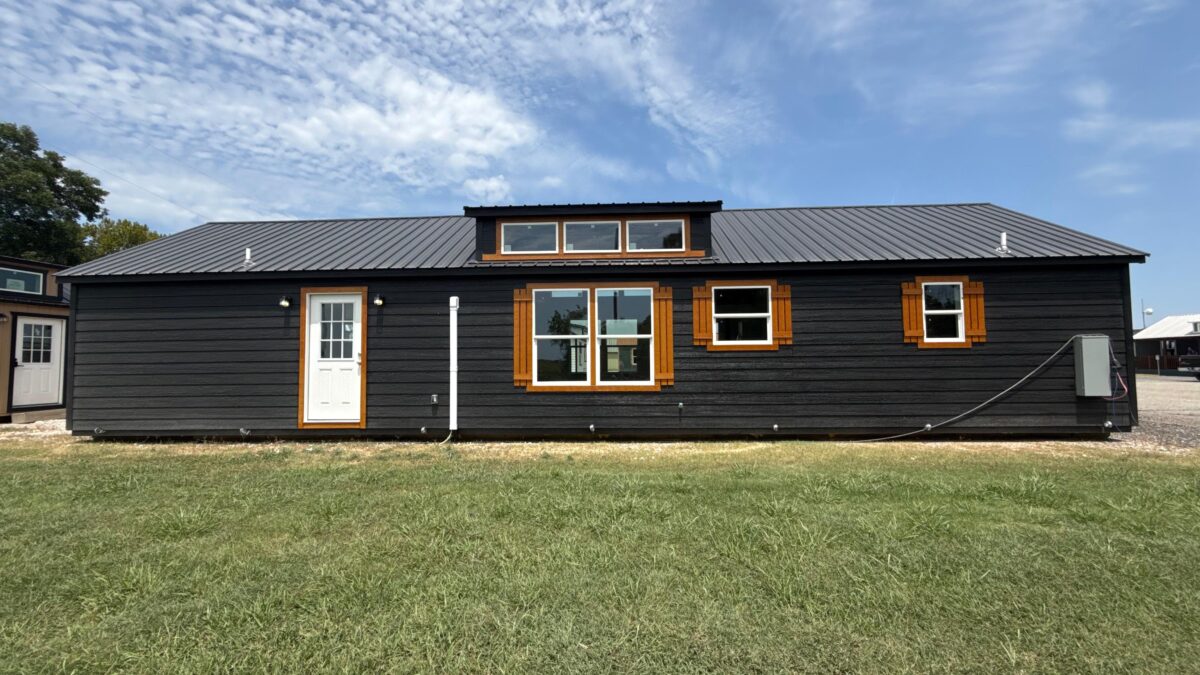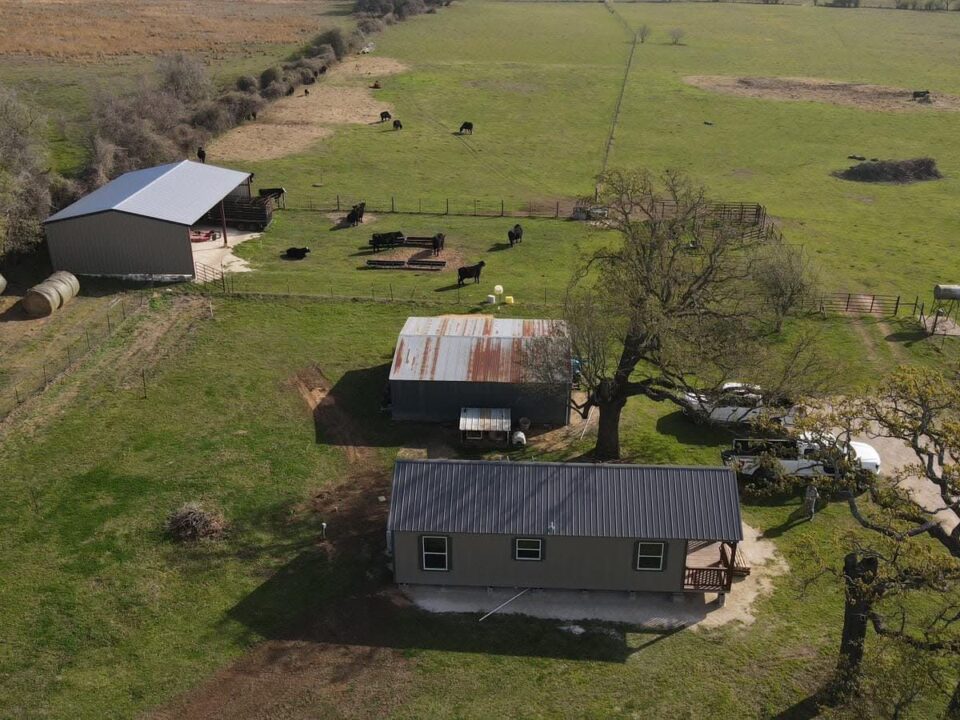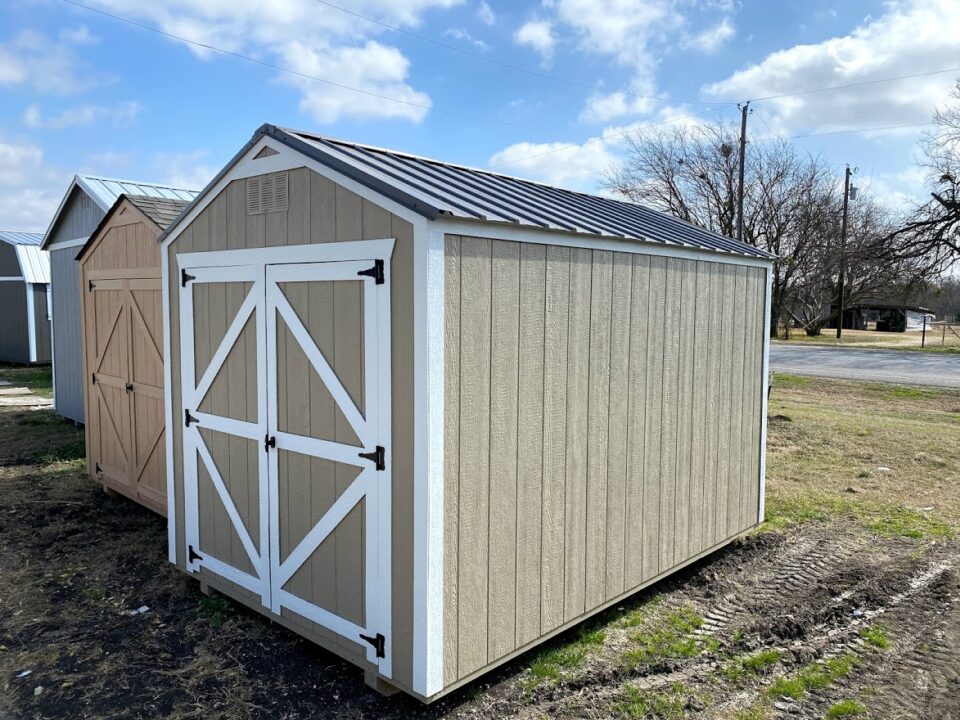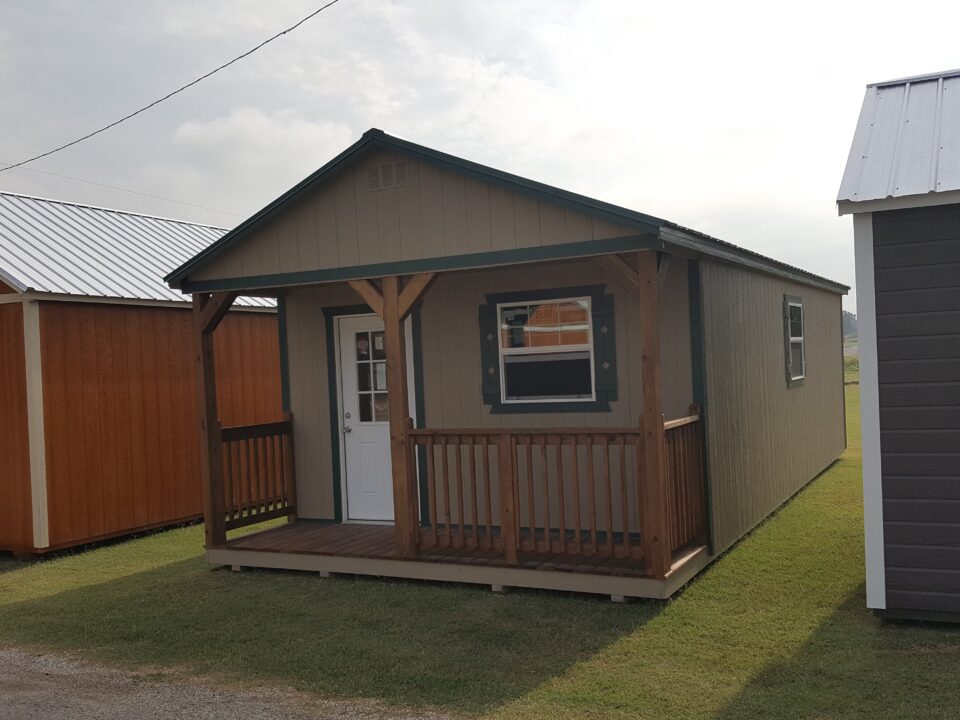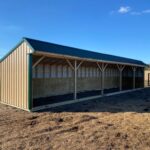
Horse Shelters That Withstand Every Season
September 5, 2025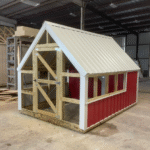
Why Quality Built Sheds Outlast DIY Options
September 6, 2025Tiny Home Land Requirements: What You Need to Know
Before you can enjoy the benefits of living in a tiny home, you’ll need to answer an important question: where will it sit? Land is the foundation of your home, and understanding the requirements upfront saves you time, money, and stress. At Wolf Valley Buildings, we often remind buyers that securing the right land is just as important as choosing the right floor plan. 🏡
Why Land Matters for Tiny Homes
Tiny homes are permanent pier-and-beam structures, not portable units. That means they need a suitable plot of land, just like any traditional house. The size, location, and zoning rules of your land will determine whether your tiny home can be placed there legally and comfortably. Choosing wisely ensures your investment pays off, whether you plan to live in it yourself, rent it out, or create a guest retreat.
Zoning and Permits
The first step in meeting tiny home land requirements is checking local zoning laws. Each county or city has its own guidelines for what type of structures are allowed. Some areas welcome small homes, while others may have minimum square footage requirements.
Permits are another key factor. In most cases, you’ll need a building permit for your tiny home, and sometimes a separate septic or utility permit. While this step can feel overwhelming, it ensures your home meets safety and health standards. Talking to your local county office early on can help clarify the process.
Utilities and Infrastructure
A beautiful plot of land won’t feel livable without proper utilities. For most homeowners, this means considering water, sewer, electricity, and internet access. In rural areas, you may need a well or septic system, while urban properties may connect to city lines.
One benefit of Wolf Valley’s pier-and-beam construction is that it makes utility hookups more straightforward. Because the home is slightly elevated, it’s easier to run plumbing and electrical lines beneath the structure. ⚡
Access and Location
Don’t overlook how you’ll get to your home. A property may look perfect, but without a driveway or access road, delivery and daily living become a challenge. Make sure the land has clear access for delivery trucks, especially since tiny homes arrive as fully built shells or finished cabins.
Location also plays a role in your long-term enjoyment. Some buyers want peaceful rural acreage, while others prefer proximity to town for convenience. Ask yourself how you’ll balance privacy with practicality.
Preparing the Land
Once you’ve chosen your plot, preparation begins. Most tiny homes require a level pad or foundation piers to sit securely. Clearing brush, leveling the ground, and ensuring proper drainage are essential steps. Preparing your land properly gives your home stability and helps protect it from water damage.
At Wolf Valley, our delivery team helps guide homeowners through site prep, ensuring the land is ready when the home arrives. With the right preparation, move-in day becomes smooth and stress-free.
Why Wolf Valley Makes It Simple
One of the challenges of tiny home living is navigating the details that go beyond the home itself. That’s why Wolf Valley offers guidance not only on floor plans but also on land readiness. We understand the questions homeowners face and provide solutions that help them feel confident in their investment.
Tiny home land requirements don’t have to be a hurdle. With clear steps, supportive builders, and the right property, your home can settle onto land that makes it both legal and livable.
Internal Links:
Tiny Home Bathroom Ideas: Comfort in Compact Spaces

